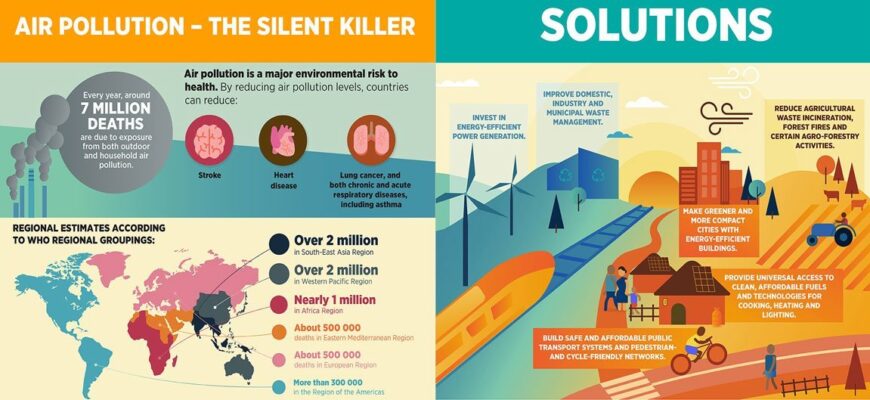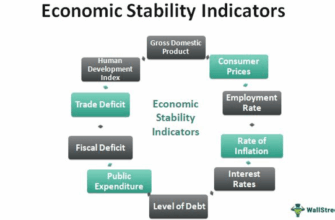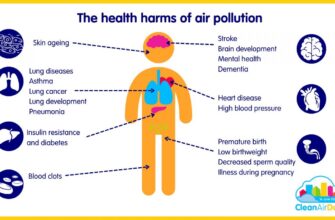In our relentless pursuit of longevity and well-being, we meticulously scrutinize diets, exercise routines, and stress levels. Yet, an insidious threat, omnipresent and often overlooked, literally permeates the air we breathe. Recent groundbreaking research from the University of Cambridge shines a stark light on this invisible adversary: air pollution, and its increasingly undeniable link to the global surge in dementia cases.
The Unseen Invaders: What`s Really in Our Air?
This isn`t merely about smog obscuring city skylines; it`s about microscopic particles and gases, silently infiltrating our bodies. The Cambridge study, a monumental undertaking synthesizing data from over 51 studies involving more than 29 million participants, pinpointed three primary antagonists:
- PM2.5 (Fine Particulate Matter): These are minuscule particles, 30 times smaller than the average human hair, generated predominantly by vehicle emissions, industrial power plants, and residential wood-burning stoves and fireplaces. Their size allows them to bypass the body`s natural defenses and penetrate deep into the lungs, and even the bloodstream.
- Nitrogen Dioxide (NO2): A gas primarily released during the combustion of fossil fuels, particularly from vehicle engines and industrial processes. While less visible, its pervasive presence in urban environments is a significant concern.
- Soot (Black Carbon): A component of particulate matter, soot is a direct product of incomplete combustion from sources like vehicle exhaust and the burning of wood or other biomass. It’s the dark, dusty residue we often associate with industrial emissions, but it`s also a common byproduct of everyday activities.
The Numbers Don`t Lie: A Stark Connection
The findings are sobering, moving beyond mere correlation to establish a statistically significant positive association. The study indicates a quantifiable risk:
- For every 10 micrograms per cubic meter increase in fine particulate matter (PM2.5), the relative risk of developing dementia surges by 17%.
- Similarly, an uptick in soot levels by the same measure corresponds to a 13% increased risk.
To put this into perspective, many urban centers globally, including major UK cities like London, Birmingham, and Glasgow, have recorded PM2.5 and soot levels that either approach or exceed these thresholds, implying a widespread, yet often unacknowledged, public health hazard.
How Pollution Harms the Brain: The Biological Mechanics
But how, precisely, do these airborne toxins translate into cognitive decline? Scientists suggest two primary biological pathways: chronic inflammation and oxidative stress. Imagine your brain as a finely tuned, highly sensitive machine. When bombarded by these microscopic pollutants, it triggers a persistent inflammatory response, much like a low-grade, unending infection within the brain`s delicate tissues. This chronic inflammation, coupled with oxidative stress – a chemical imbalance that generates harmful free radicals, damaging cells, proteins, and even DNA – can progressively impair neuronal function.
This relentless assault on brain cells and their protective mechanisms can lead to the degeneration characteristic of various forms of dementia, including the most common, Alzheimer`s disease. The irony, of course, is that while we meticulously filter our water and often scrutinize our food, the air, the most fundamental element of survival, often remains an unfiltered conduit for disease.
A Global Burden: Time for Action
Globally, approximately 57 million individuals grapple with dementia today. Projections, however, paint a far grimmer picture, with numbers expected to balloon to at least 150 million by 2050. While genetics and lifestyle factors play undeniable roles, the modifiable risk factor of air pollution presents a critical, albeit complex, opportunity for intervention.
As Dr. Hanin Khreis, a senior author of the study, aptly notes, “Tackling air pollution can bring long-term benefits for health, society, climate, and the economy.” Indeed, personal choices, such as opting for public transport or investing in high-quality air purifiers, offer some mitigation. However, the scale of this threat demands a systemic response.
Dr. Isolde Radford, a senior policy manager for Alzheimer’s Research UK, underscores this collective responsibility: “Air pollution is one of the main modifiable risk factors for dementia, but it’s not something individuals can tackle alone. This is where government leadership is vital.”
The Path Forward: A Call for Clean Air Legislation
The scientific consensus is solidifying: clean air is not just about respiratory health; it’s fundamental to cognitive longevity. While the current research predominantly reflects data from high-income countries and predominantly white populations – a limitation acknowledged by the researchers – the implications are universal. Future studies must broaden their scope to include marginalized communities, who are often disproportionately exposed to higher levels of pollution due to geographical and socioeconomic factors.
The message is clear: if we wish to safeguard the cognitive future of generations to come, addressing air pollution is no longer a fringe environmental concern; it is a central pillar of comprehensive public health strategy. The alternative, allowing the silent fog to thicken and further erode our collective cognitive resilience, is simply unthinkable. It`s time for governments, industries, and individuals to acknowledge this airborne threat and take decisive action.








